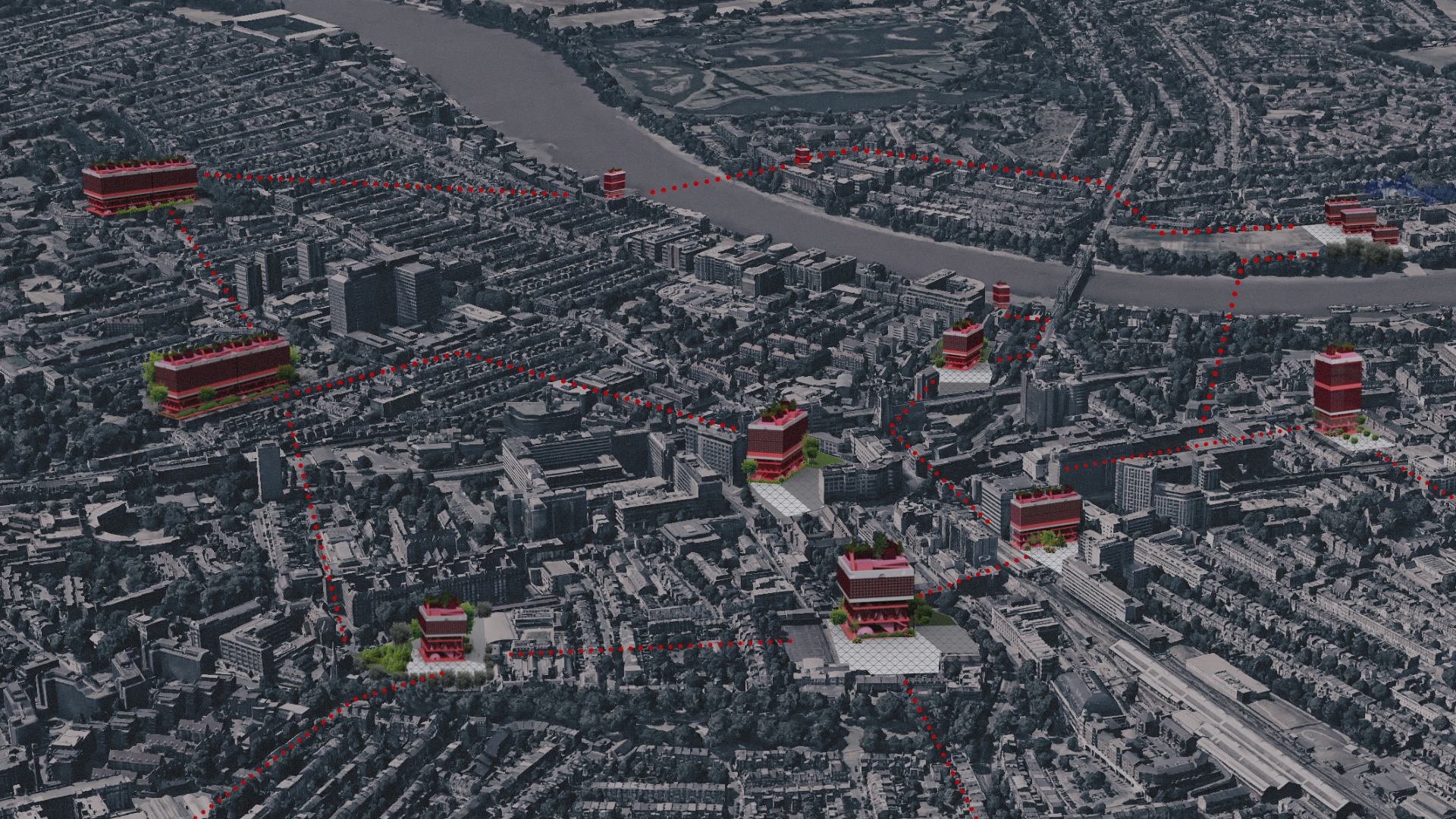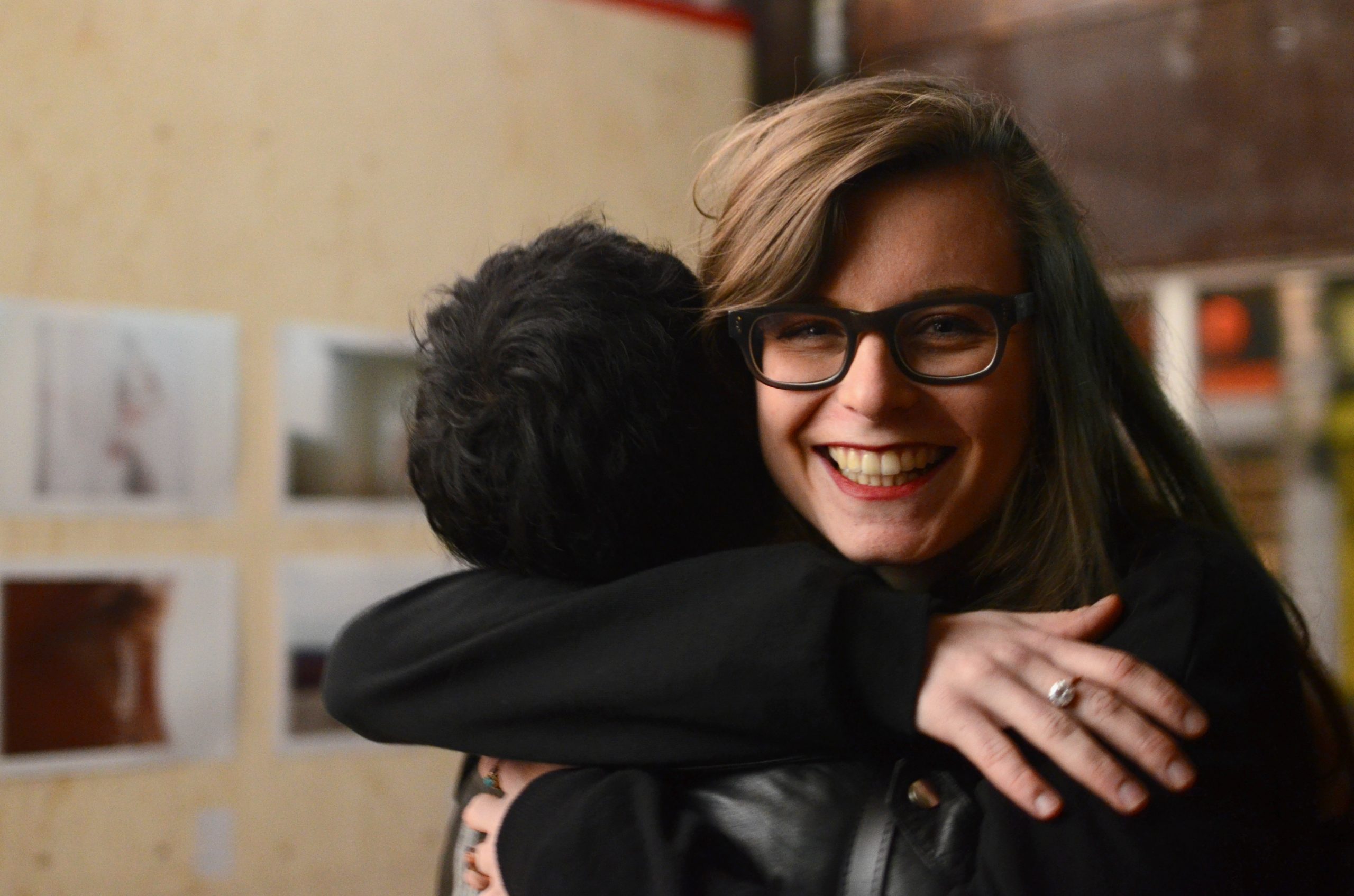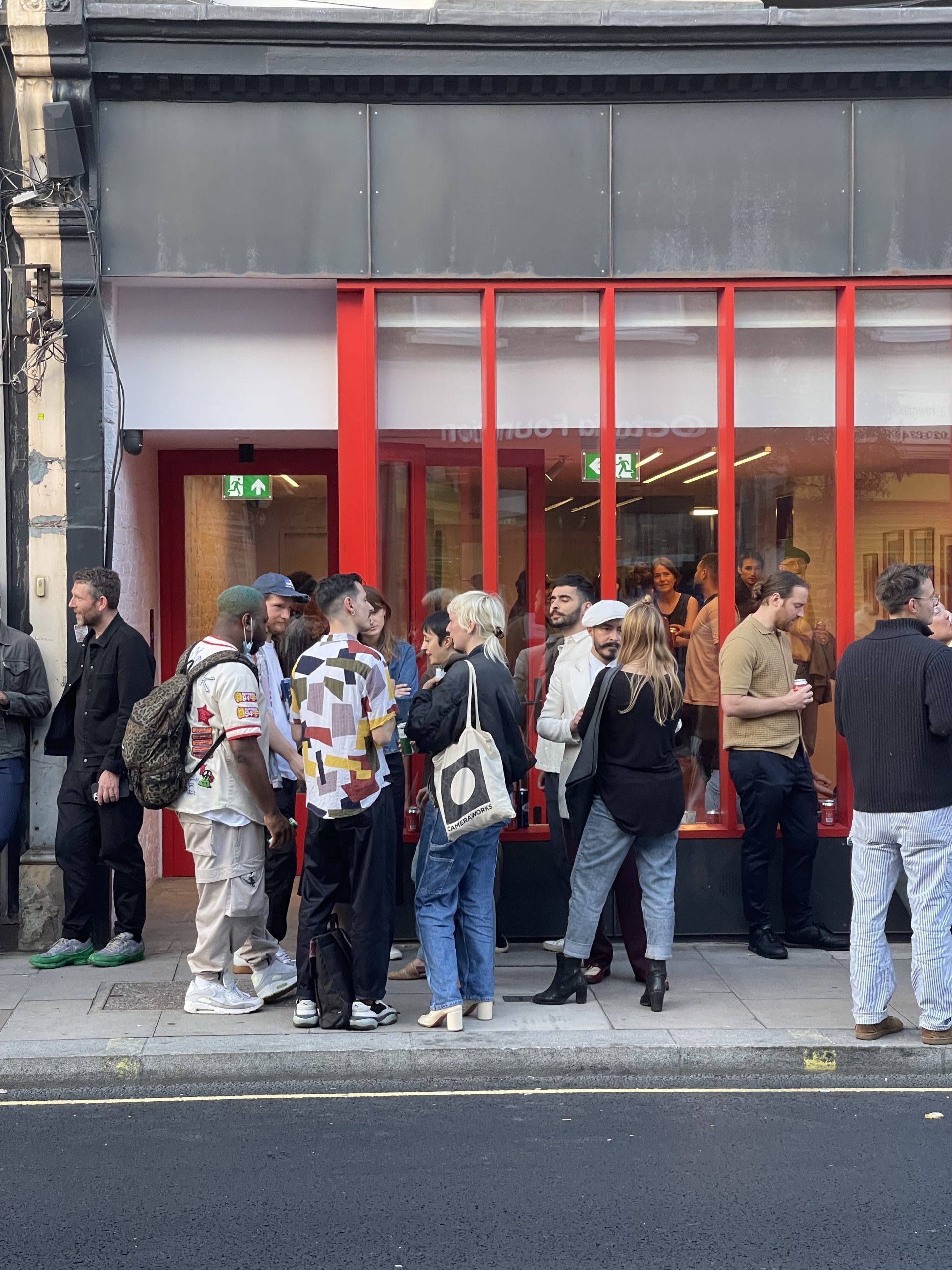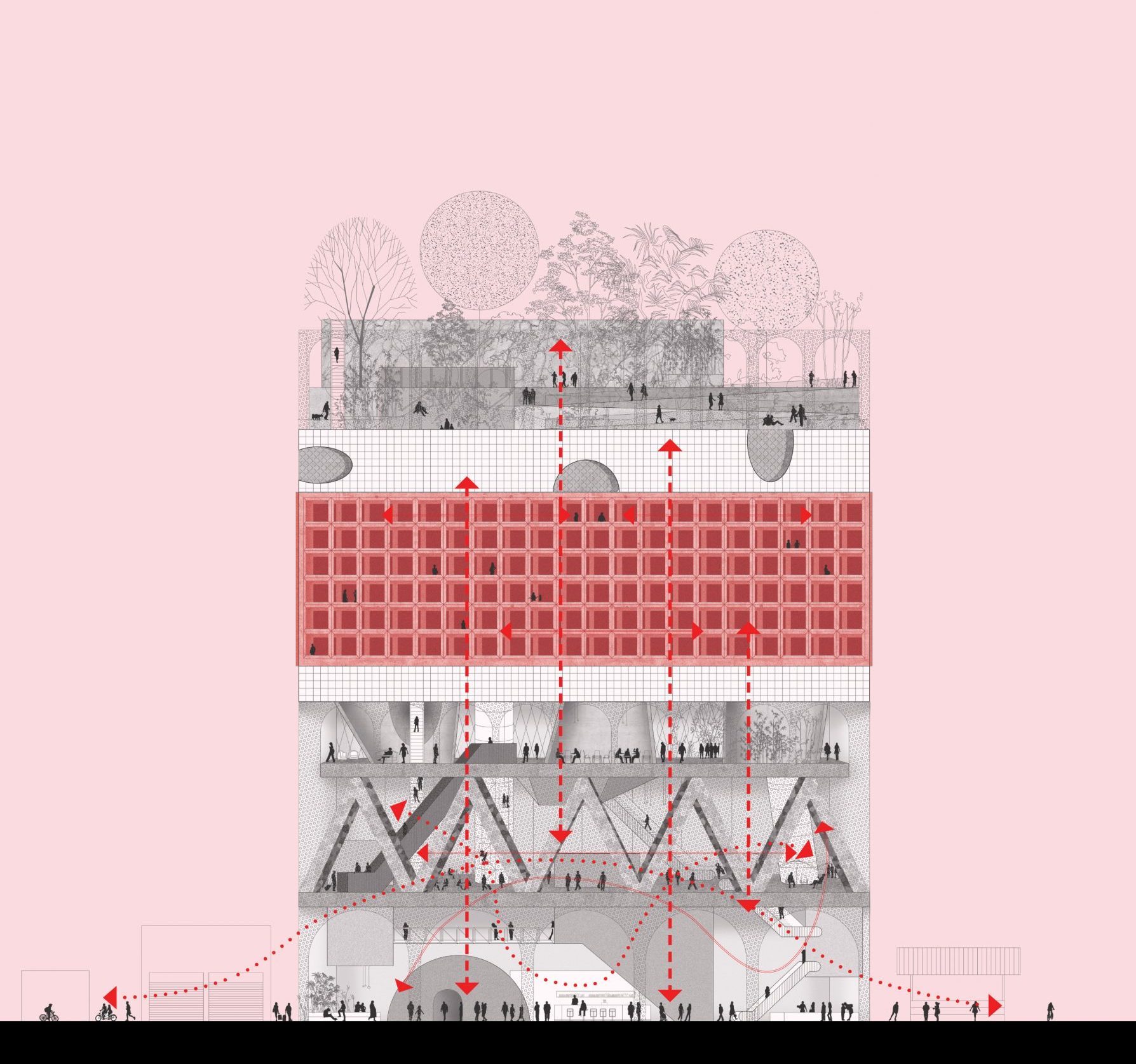
Not all cities are created equal. They come from different times and places. They are made in different ways from different things. Some come from the hand of the architect, like that famous photo of Le Corbusier gesturing over a model as if the city itself were at his beck and call. But a city like London is different. It’s an accumulation of stuff far bigger than any single gesture. It’s a mind boggling compression of stuff: capital, history, materials in a great heap of urban-ness. Even a single moment sliced though the life of London – a freeze-frame of the city – is far more than we could ever imagine: how your coffee cup sits on your desk, the aeroplanes above and the trains below, and a million simultaneous conversations.
Yet city-making – the traditional ways in which we change, develop and design the city – tend towards the singular. Think of all the city-making professionals – developer, planner, architect and so on. All these specialisms atomise knowledge and expertise into silos. The tools of citymaking – the policies, spreadsheets, models and drawings – often become an end in themselves. There’s a deep irony of course: that the way we make the city is entirely opposite to the nature of the city itself. The more we’ve formalised and professionalised the roles of city-making the further we find ourselves from the visceral soul of the city.
What happens if we look at city making through the opposite end of the telescope? What’s the view from the street rather than the boardroom? Even the most banal journey through the city is a trip through a mind-blowing spectrum of materials, incident, activity, shape, relations and form.
Seen this way round, the city is made of something different. A place whose simultaneous logics dwarf any linear ideas: the poetry of infrastructure, the joy of transaction, the sensation of movement. These strange hybrids between experience and material, between money and emotion are the real building blocks of the city.
Looking this way shows we can put cities together differently too. And about time too: the 21st Century has seen many of the old business models dissolve under the pressures of new economies and technologies. We’ve been waiting for it to happen to the second oldest profession and that still pinstriped world of property.
But for cities it’s not a single thing that changes. It’s everything all at once, just like the city itself. And it’s from the city itself that we can learn new ways of relating to it. Not a tabula rasa nor a relic of the past but a live contemporary project. In other words, the answer has been here all along: the city itself is the manifesto of its own agenda, a force with its own momentum.
As soon as we do this a new way of approaching the roles of design and development also emerge. That the urban project is small and intimate as well as large. That time is as an important design medium as physical stuff. That what we build, more than anything, is relationships and that the bricks and mortar are simply devices that we use to manipulate. That investment is an act far more powerful than a financial transaction – or rather that the urban economies are far more complex and rich than a balance sheet can ever show.
The first act of remaking the city is to remake ourselves. Recasting the roles of architect and developer, merging them into new formulations puts us in a different relation to the city. Making ourselves different means we can act differently.
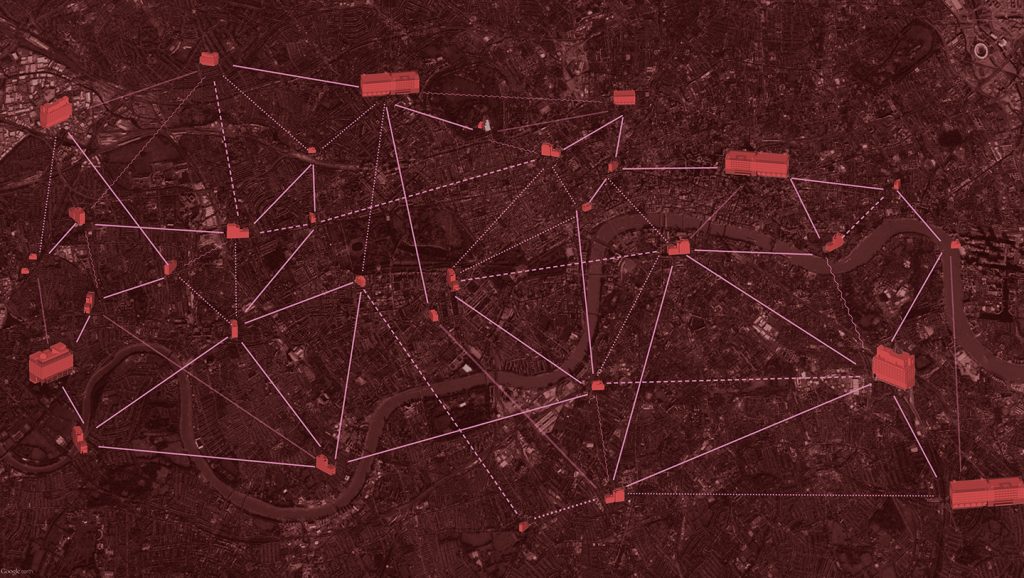
City Network
What might a city created by these new hybrids of curator planners, financial ecologists, social choreographers, artist-engineers and more look like? How might we think of the spaces of the city in new kinds of ways? As scenarios as much as place, of plots not just as the red line around a site but a narrative device. Development also might reveal its double meaning: not just building stuff, but the old way in which photographs came into the world. The red-lit room where visions of life were coaxed into chemical form, where substance, light, time crystallised new visions of the world.
Sam Jacob is principal of Sam Jacob Studio for architecture and design, a practice whose work spans scales and disciplines from urban design through architecture, design, art and curatorial projects.
Share this article
Keep Reading…
Stay with Noiascape from
one month to a year.
Tell us about you, where you want to stay, what you need, or just ask a general question.
Collaborate with
Noiascape
Use our social spaces as a way to find your audience and contribute to your local culture.
Enquiry successfully submitted
Thanks for contacting us.
We’ll get back to you within 24 hours
Enquiry successfully submitted



